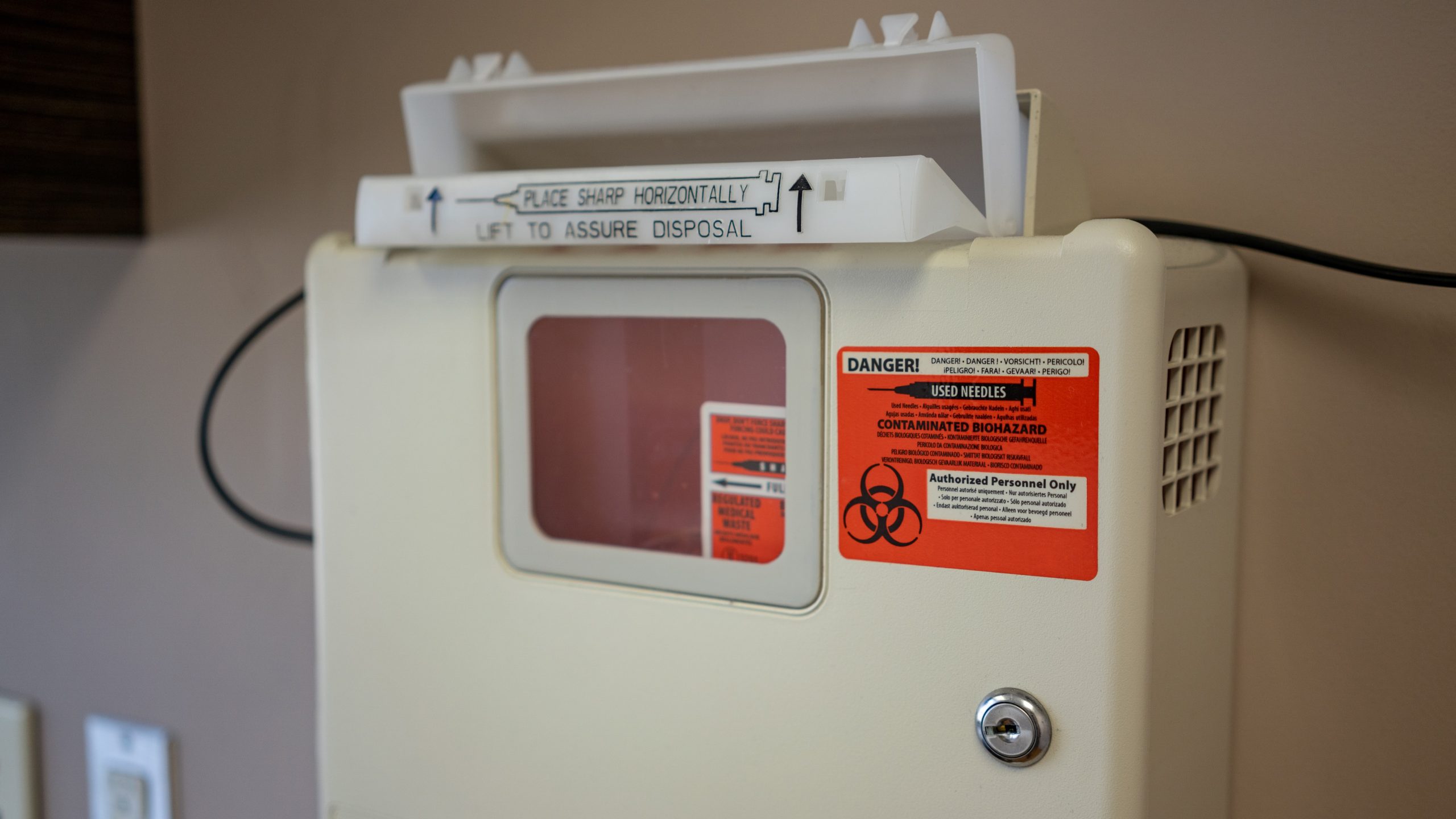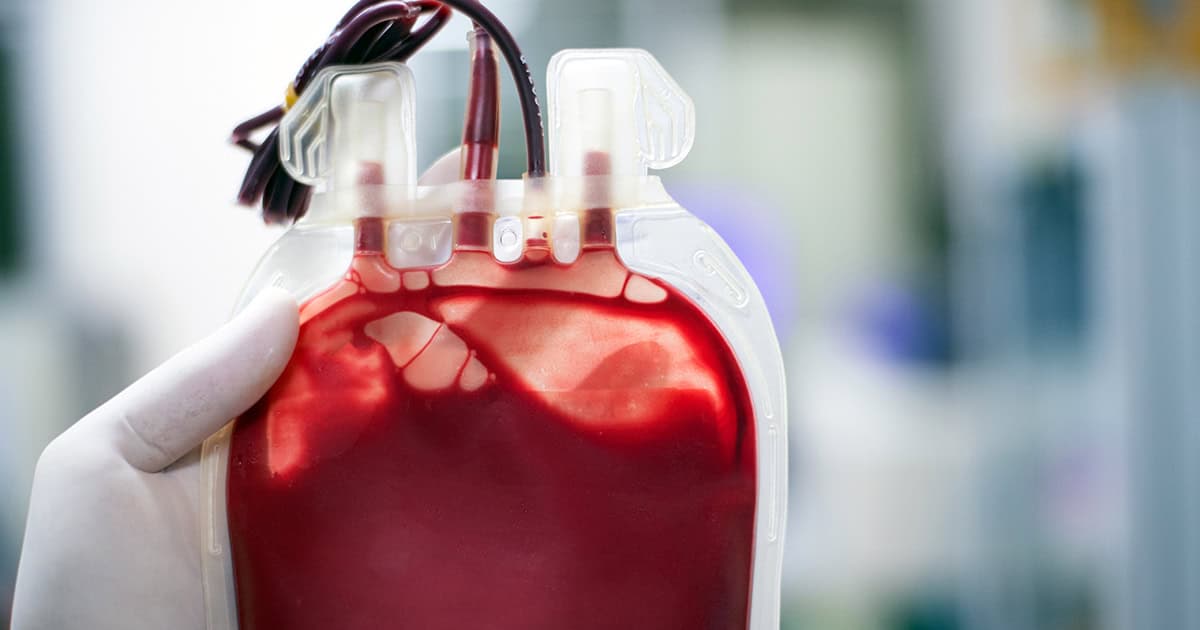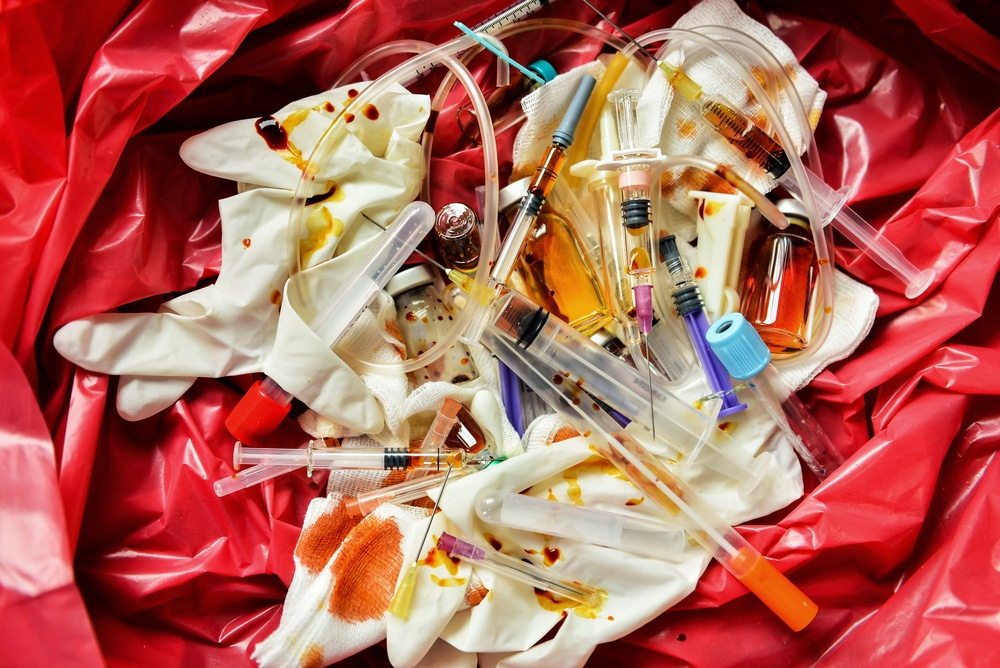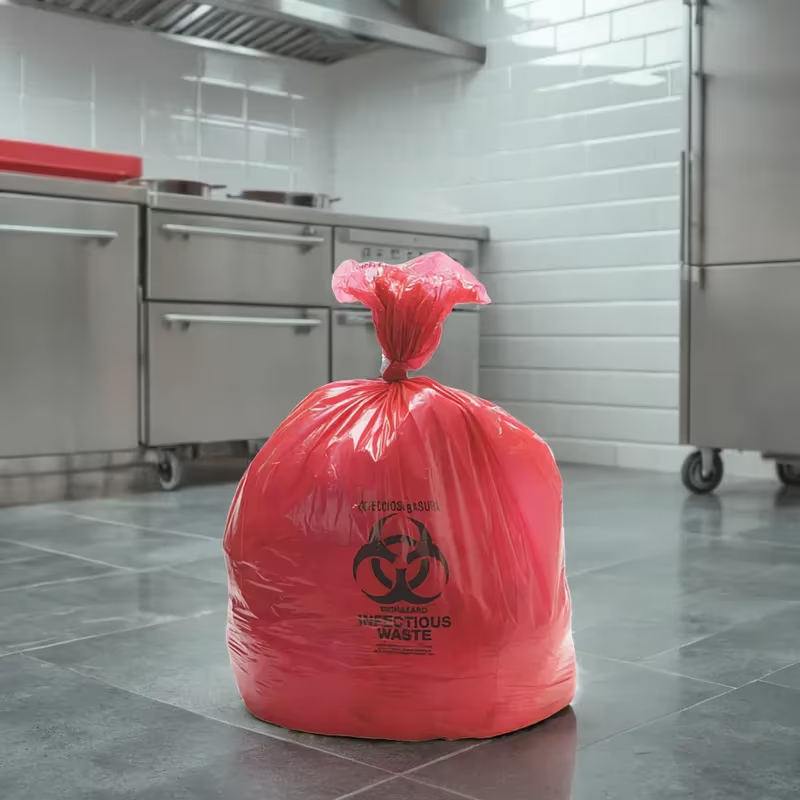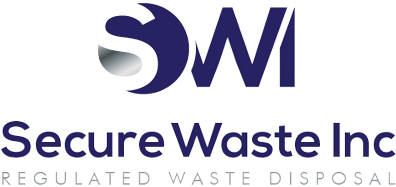Wall-Mounted Sharps Containers: A Comprehensive Overview Provided By Secure Waste
In your medical practice or dental clinic, wall-mounting your sharps needle container is a highly effective option for managing sharp waste. Secure Waste explains that this approach addresses cleanliness and safety and significantly improves the efficiency of waste disposal practices.
There are several compelling reasons to consider wall-mounted sharps containers. For instance, keeping sharps securely out of reach from children is paramount in a pediatric office. This added layer of safety is critical, as it can prevent accidental injuries associated with sharp objects.
Moreover, if your clinic operates in a confined space with limited counter space, wall-mounted containers provide a practical and scalable solution. These containers help maintain an organized and clutter-free environment by utilizing vertical space, allowing healthcare professionals to focus on patient care rather than waste management.
Before we delve into specific wall-mounted sharps disposal options, we must understand what sharps are and the purpose of sharps containers. Secure Waste, a trusted medical waste disposal company serving Maryland, Virginia, and Washington D.C., is here to provide expert solutions for safe and effective sharps management.
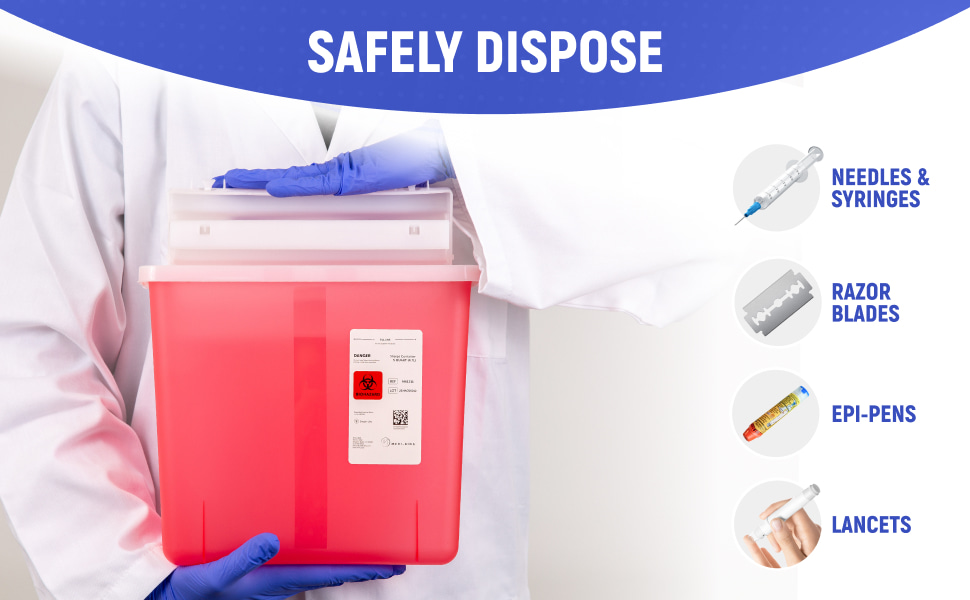
What exactly are sharps In healthcare sharps refer to anything that can puncture or cut the skin including needles scalpels and broken glass They play a crucial role in medical procedures but pose significant risks if improperly handled and disposed of Ensuring the safe management of sharps is essential for protecting healthcare workers and patients Lets dive deeper into the importance of sharps safety and the best practices for disposal
What Are Medical Sharps?
“Sharps” refers to any medical device with a sharp point or edge capable of puncturing or cutting the skin. These devices are commonly associated with various healthcare practices, including administering medications and drawing blood.
Due to their potential to cause injury and facilitate the transmission of infectious diseases, proper handling and disposal of sharps are critically important—Sharps Safety by the Occupational Safety and Health Administration (OSHA).
Common Examples of Sharps:
- Needles: These hollow, cylindrical instruments are primarily used for injections or intravenous access. They come in various gauges, with smaller numbers indicating larger diameters, and are essential for delivering medications or fluids directly into the bloodstream.
- Syringes: Syringes are devices designed to inject or withdraw fluids. They typically consist of a cylinder and a plunger. They are often used in conjunction with needles and can vary in size and capacity, accommodating different volumes for various medical needs.
- Lancets: These small, sharp instruments are specifically designed for blood sampling and testing, such as monitoring glucose levels in diabetic patients. Their design allows for quick and minimal puncture to collect a drop of blood.
- Auto-injectors: This category includes devices like epinephrine pens or insulin pens, which automatically deliver a specific dose of medication when the device is activated. They offer an easy and immediate means of administration, particularly useful in emergencies.
- Infusion sets: These consist of tubing systems equipped with needles or cannulas, allowing for the continuous delivery of medications or fluids directly into a patient’s bloodstream over time. They are commonly used in more prolonged treatments.
- Connection needles: These needles connect to various types of tubing, facilitating fluid transfer in medical settings. They are essential for procedures requiring precise volume and pressure control.
Risks Associated with Sharps:
- Needlestick Injuries: Punctures from needles or other sharps can expose healthcare workers and patients to bloodborne pathogens, including HIV, hepatitis B, and hepatitis C. Such injuries can occur accidentally during procedures or due to improper handling and disposal of used sharps.
- Transmission of Infections: Even trace amounts of infected blood or bodily fluids adhering to a sharp object can lead to a significant risk of infection. According to the Canadian Centre for Occupational Health and Safety, the potential for cross-contamination requires stringent protocols in all healthcare environments.
- Exposure to Other Pathogens: Sharps can also transmit a variety of infectious agents, including bacteria, fungi, and other microorganisms. This risk extends beyond bloodborne diseases, as contaminated sharps can introduce pathogens that lead to various infections, complicating patient care.
Proper education and adherence to safety protocols regarding the handling, disposal, and use of sharps are fundamental to minimizing the risks associated with these medical tools.
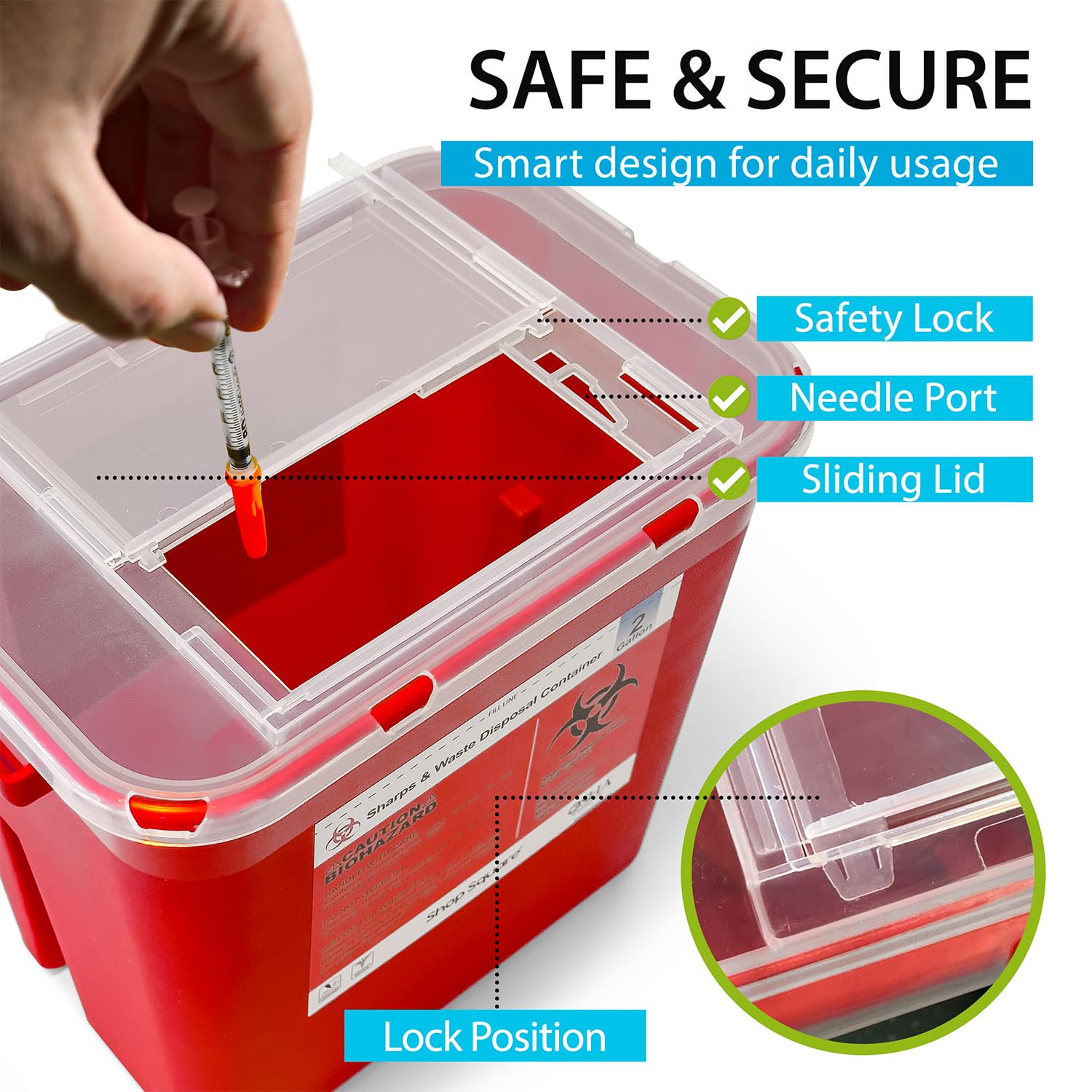
What Is A Sharps Container?
A sharps container is a specialized, puncture-resistant, leak-proof receptacle specifically designed for the safe and secure disposal of medical sharps, which include items such as needles, syringes, and lancets. These containers play a critical role in healthcare by effectively preventing accidental injuries and the potential spread of infection through the secure containment of sharp objects.
Why are Sharps Containers Necessary?
- Prevent Injuries: Sharps containers serve as a critical safeguard for healthcare workers, patients, and the general public by minimizing the risk of accidental needlestick injuries, cuts, and punctures that can occur during handling or disposal of sharps.
- Prevent Infection: Accidental injuries from sharps can expose individuals to bloodborne pathogens such as HIV, hepatitis B, and hepatitis C. Proper and immediate disposal of these items in designated containers is vital for preventing the transmission of infections.
- Compliance with Regulations: Many healthcare facilities are mandated by local, state, and federal regulations, including those set by the Occupational Safety and Health Administration (OSHA) and the Food and Drug Administration (FDA), to utilize certified sharps containers. Adhering to these guidelines ensures safe disposal practices and promotes public health.
Key Features of Sharps Containers:
- Puncture-Resistant: Constructed from robust materials, such as high-density polyethylene or sturdy metal, designed to withstand the penetration of needles and sharp objects.
- Leak-Resistant: Engineered to prevent the leakage of hazardous fluids, including blood, ensuring the contents remain contained.
- Secure Closure: It is equipped with a tightly fitting lid that is puncture-resistant and tamper-proof, preventing sharps from being inadvertently ejected or accessed after disposal.
- Visible Warning: Typically, it is bright red and emblazoned with clear, internationally recognized symbols and labels to indicate the presence of hazardous waste, ensuring that it is easily identifiable.
Available in various sizes and configurations—such as tabletop models for individual use and larger containers for clinical settings—they accommodate different healthcare environments’ diverse needs and practices.
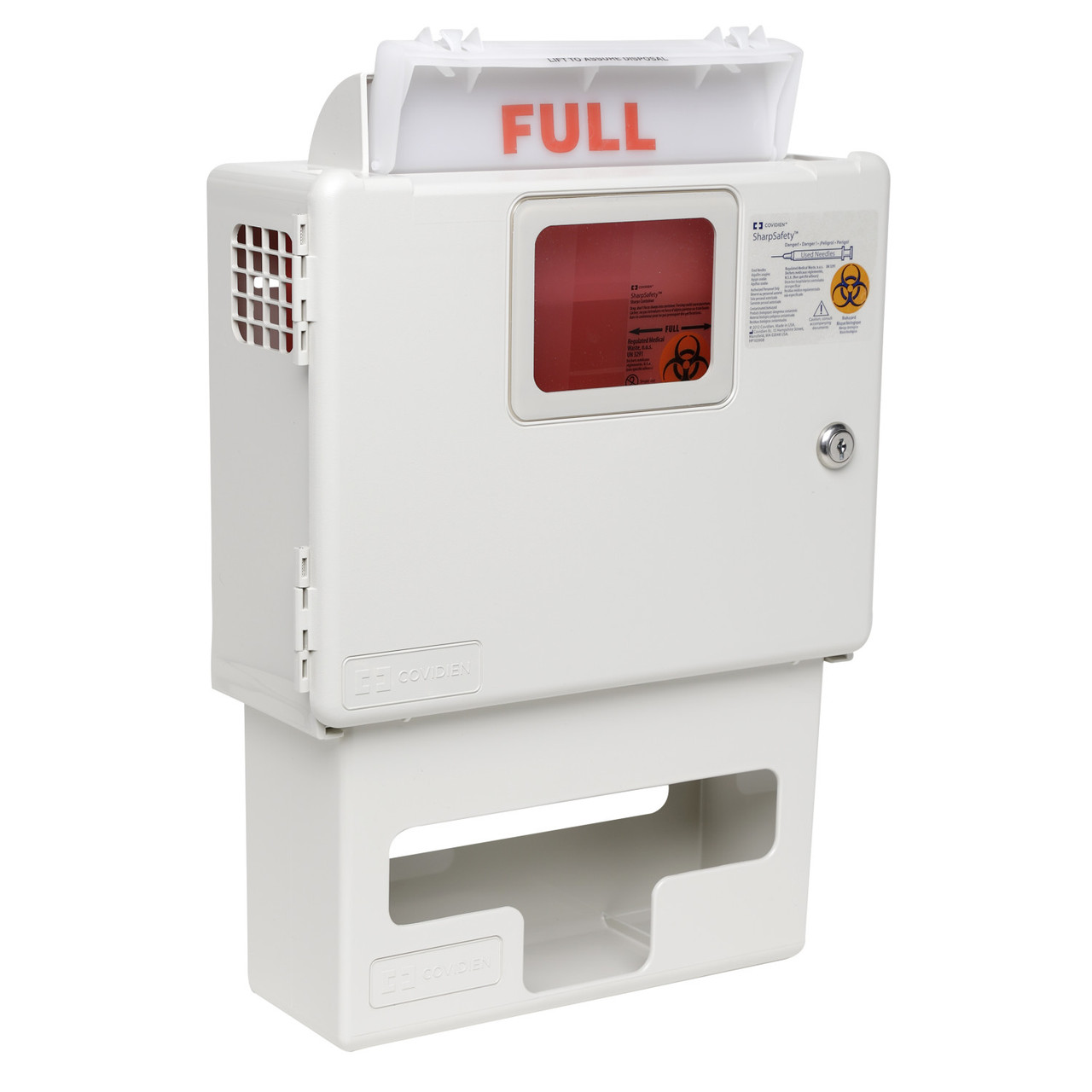
What Is A Mount Sharps Container?
Having discussed sharps needles and the purpose of a sharps container, it’s essential to explore wall-mounted sharps containers and their benefits for local sharps waste disposal, such as with Secure Waste.
Wall-mounted sharps containers provide a convenient and safe method for disposing of needles and other sharp objects, helping to ensure that waste is managed correctly and reducing the risk of injury. Let’s look at compelling reasons to consider these containers for your sharps disposal needs.
Additionally, mounting a sharps container on the wall ensures it is steady and secure, significantly minimizing the risk of accidental spills or unauthorized access. Many wall-mounted containers feature locking mechanisms, further enhancing security and ensuring that hazardous materials are safely contained until proper disposal can occur.
This discussion will delve deeper into the specifics of wall-mounted sharps containers, examining their designs, sizes, materials, and features that accommodate diverse clinical environments.
We will outline the benefits of these containers, including their ability to seamlessly integrate into existing workflows, ease of use, and compliance with regulatory guidelines for hazardous waste disposal.
Furthermore, we will clarify what constitutes sharps—specifically, items such as needles, blades, lancets, and other devices capable of puncturing or cutting the skin. Understanding these definitions is crucial for proper disposal practices.
We will also explore the purpose and requirements of sharps containers, specialized bins designed with puncture-resistant materials to contain these hazardous materials and prevent contamination safely.
By understanding the importance of proper sharps disposal and how wall-mounted containers contribute to enhanced safety and operational efficiency in your practice, you can make informed decisions prioritizing the well-being of your patients and staff. Let’s jump into the details and take proactive steps toward safer clinical environments!
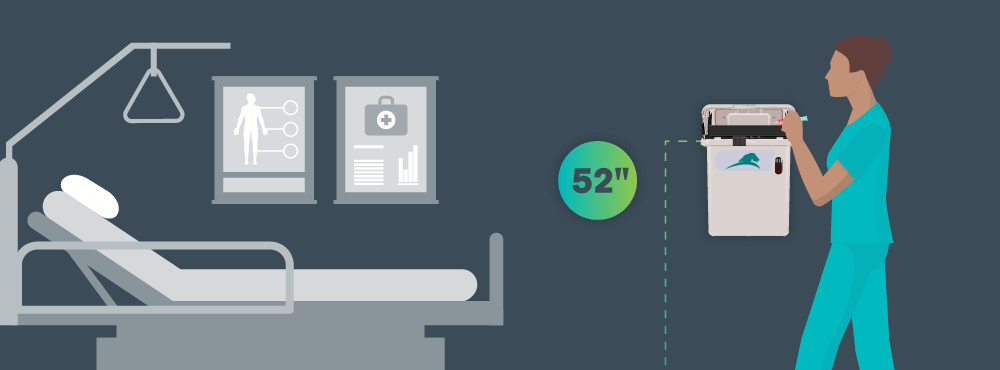
What is the best height for mounting a Sharps Container to the wall?
According to the guidelines established by the National Institute for Occupational Safety and Health (NIOSH), the recommended height for wall-mounted sharps containers is between 52 and 56 inches (approximately 132 and 142 cm) from the floor to the top opening.
This height is specifically chosen to be ergonomic, effectively addressing the needs of most standing healthcare professionals who handle sharps regularly during their shifts. For those who work in seated positions, a recommended height of 38 to 42 inches (96.5 to 106.7 cm) is suggested, ensuring that all users can dispose of sharps safely and conveniently.
When selecting the optimal placement for sharps containers, it is vital to consider several key factors:
- Ergonomics: The height should facilitate safe and easy disposal of sharps, reducing the need for excessive bending or reaching. This is particularly important in preventing musculoskeletal injuries, common among healthcare workers due to repetitive movements.
- Visibility: The container opening must be positioned within an easily visible range for users. This visibility is essential for promoting correct disposal practices and decreasing the chances of accidental contact with hazardous sharps, especially in high-traffic areas of healthcare settings.
- User needs: It is essential to acknowledge the diverse physical attributes of all staff members within the facility. Ensuring that the sharps containers are accessible to the tallest and shortest users allows for comfortable and safe usage and reduces the risk of injuries associated with awkward disposal angles.
- Facility-specific guidelines: Individual healthcare facilities may have protocols and standards regarding the placement and accessibility of sharps containers. Adhering to these regulations is critical for maintaining safety and compliance with local and national health regulations.
The importance of maintaining the correct height for sharps containers is significant for several reasons:
- Reduces injury risk: An appropriately placed sharps container significantly decreases the likelihood of accidental needlestick injuries and other sharps-related accidents. This practice is crucial for protecting healthcare workers at risk of exposure to bloodborne pathogens.
- Promotes proper technique: Positioning the container at the correct height encourages healthcare professionals to use safe disposal techniques. This consistency plays a vital role in infection control efforts, ultimately ensuring the safety of both staff and patients.
- Improves compliance: Sharps containers designed with ergonomic principles in mind and easily accessible are more likely to be utilized consistently by healthcare professionals. This fosters a culture of safety and responsibility within the healthcare environment and reinforces best practices in handling hazardous materials.
By considering these factors, healthcare facilities can create a safer environment for patients and professionals, ultimately enhancing overall health and safety outcomes.
In Summary:
Sharps containers are indispensable tools for the safe and responsible disposal of medical sharps. Their design and functionality significantly minimize the risks of injury and infection in healthcare settings, home care environments, and community practices. Adopting proper sharps disposal methods is crucial for protecting public health and safety.
Now that you have a more comprehensive understanding of Wall mounter sharps waste disposal, don’t hesitate to contact Secure Waste.
We provide reliable, compliant, eco-friendly medical waste disposal solutions for your facility’s needs. We have expertise in biomedical, hazardous waste, and Sharps container disposal. In addition, we provide customized waste management plans, including secure collection and transport, and sustainable disposal practices.
Contact us today for a FREE Waste Assessment, or request a quote online!
**Disclaimer** This information is provided for reference purposes only and should not be considered as legal advice or factual information at the time of your reading. Regulations frequently change and can vary from state to state. We encourage you to contact your local regulatory authorities or Secure Waste directly for the most current information. Please note that Secure Waste is not liable, in part or in whole, for any information contained on this page or website.
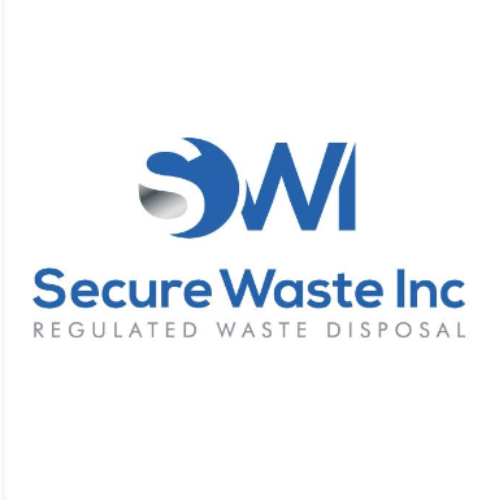
Expert Medical Waste Management: With over 25 years of industry experience, Secure Waste is a trusted local leader in hazardous and biohazardous waste disposal across Maryland, Virginia, and Washington, D.C. Specializing in medical waste management, sharps needle disposal, and biohazard waste removal, the company ensures full compliance with federal, state, and local regulations while prioritizing environmental sustainability.
The company also offers additional services, including secure document shredding and sharps container sales, providing comprehensive solutions for healthcare facilities and businesses. Our cost-effective services help clients maintain regulatory compliance without unexpected costs.
With a commitment to customer satisfaction, Secure Waste offers tailored waste management plans that align with industry best practices. Their team of experts provides reliable, timely, and compliant services, making them the preferred choice for medical waste disposal. For a free waste quote or more information, visit www.securewaste.net
